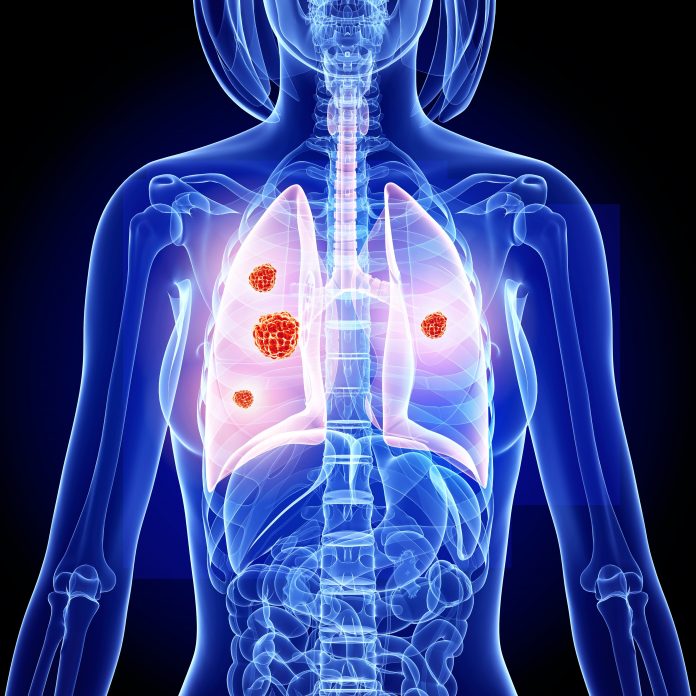
Reporting in Science Advances, scientists at the Fred Hutchinson Cancer Center in Seattle have presented a blood-based test, known as liquid biopsy, capable of accurately distinguishing between types and subtypes of small cell lung cancer (SCLC), offering hope for precise diagnosis and personalized treatment plans for patients.
SCLC, an aggressive type of lung cancer that is prone to metastasize and spread, is traditionally diagnosed through tissue biopsies. However, due to the large number of smaller tumors and high variety of subtypes, obtaining the right tissue samples using traditional needle biopsies has proven a challenge, limiting detection and characterization of the disease.
The new liquid biopsy approach developed by David MacPherson and Gavin Ha at Fred Hutch aims to overcome these hurdles by analyzing cell-free tumor DNA circulating in the blood.
The method promises to identify SCLC subtypes and track the evolution of lung cancer from non-small cell lung cancer (NSCLC) to SCLC, a transformation that often occurs as cancers develop resistance to treatment.
Differentiating lung cancer types using the test works through examination of patterns within cell-free DNA, offering insights into tumor biology without the need for invasive procedures. A feature that is particularly important for SCLC, characterized by many smaller tumors and a variety of subtypes, each requiring a different treatment strategy.
According to the investigators, the assay’s potential extends beyond diagnosis; also holding promise for monitoring disease progression, detecting cancer type transformations, and guiding treatment adjustments.
“There is a deep need for blood-based assays that define subtypes in SCLC,” MacPherson said. “This new method is a step towards assays that would allow us to test and monitor disease, detect when it transforms into a different lung cancer type, and identify potential treatment targets even when standard biopsies aren’t an option.”
The assay’s development involved a targeted strategy, analyzing cell-free tumor DNA extracted from pre-clinical mouse models and human tissues. This approach allowed the researchers to efficiently distinguish DNA originating from NSCLC or SCLC tumors, paving the way for its application in detecting the transformation of a patient’s tumor from NSCLC to SCLC.
“Our approach demonstrates that a full-featured circulating tumor DNA assay has the potential to classify clinical subtypes driven by transcriptional programs,” said Ha, an associate professor in the Herbold Computational Biology Program at Fred Hutch.
“This approach is especially important for SCLC and other tumors that may not have genetic mutations that can inform treatment decisions. The assay expands the boundaries for potentially using circulating tumor DNA to improve treatment selection and cancer management,” he concluded in a press statement.













